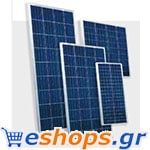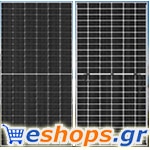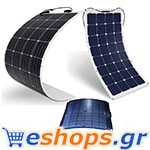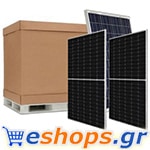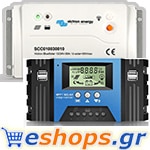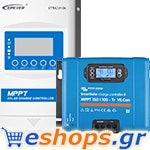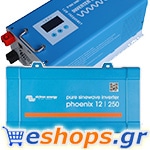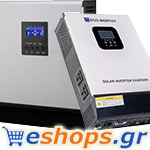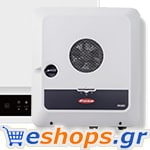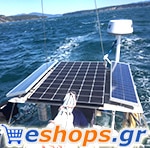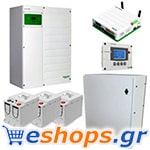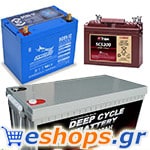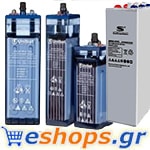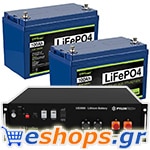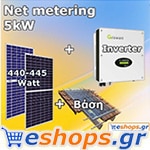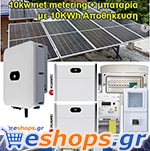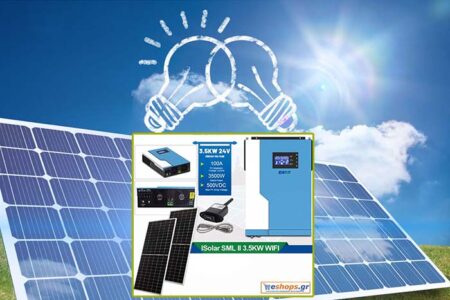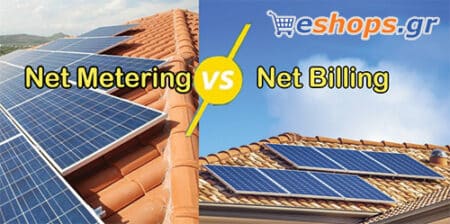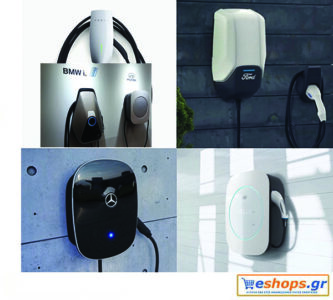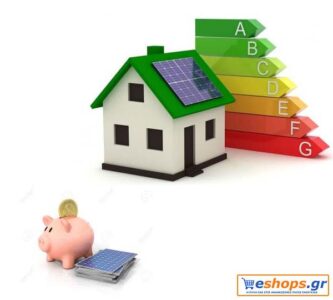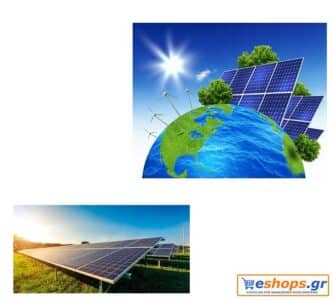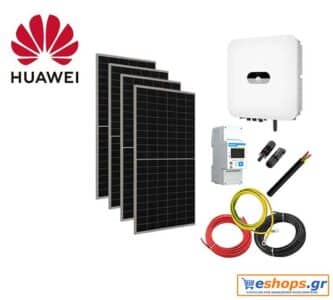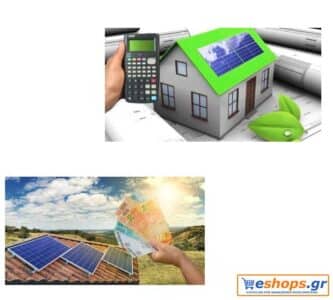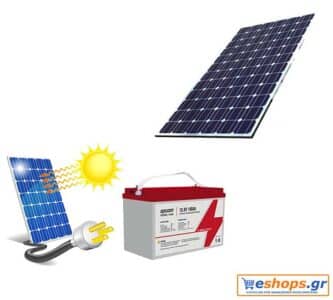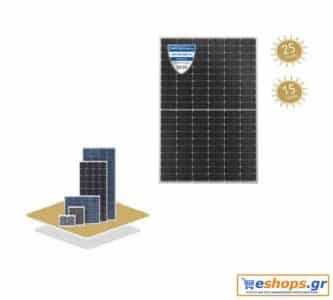Solar panels - Photovoltaic panels for the home
So you understand the great benefits of solar energy - but how does technology really work? See the next section of the startup guide and these videos to find out.
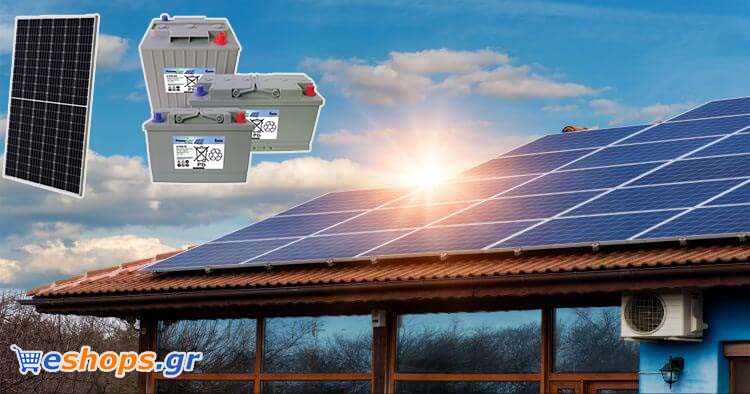
solar photovoltaics for the house- autonomously interconnected
Your solar panels convert sunlight into DC electricity.
Your inverter converts DC current to AC.
Electricity is used to power your home.
Furthermore electricity is sent to your utility network for credit or to your battery if you have one.
How solar panels work for homes
From our blog:
How do solar panels generate electricity?
Will the solar panels continue to operate if the power goes out?
Do solar panels work at night?
What are the key aspects of solar energy for my home?
The basics of home solar power are pretty simple. There are just a few things you need to know to understand how to build a proper system.
Net energy measurement and solar energy
Net Energy Metering (NEM) is a policy that allows you to push and draw energy to and from the grid through your electricity meter. Traditional utility users draw power from the mains, use the energy in their home and the meter measures how much is used. With solar energy, you will push your excess energy into the grid during the day and draw it at night to use it for lights, TV, air conditioning or anything else you may need.
Grid Tied Solar Solar panels - Photovoltaic panels
After you go solar, you will still be connected to the network. This is so that you can take advantage of NEM to maximize the value of your system. The grid basically acts as a bank that stores your energy from your solar panels until you are ready to use it. With a backup battery and a secure power supply, you can use the power from your system when the grid is down.
Clean energy metering appropriations Solar panels - Photovoltaic panels
If you do not use all the energy your system produces in one day, that energy will flow into the next day and so on. This happens day by day, month by month. This allows you to use all the energy you produce with your solar system. If you have higher months of use (AC, guests, holidays, etc.) you draw on the extra energy credits you earned earlier in the year.
Solar True-Up
Once a year you "negotiate" with your utility where you regulate the balance of your energy credit. If you consume more than you produce, then you will pay for the utility with the excess energy you draw from the grid. If you generate more energy than you consume, the utility will compensate you for the excess energy with a lower retail rate.
From our blog:
What you need to know about Net Metering 2.0
Your electric meter before and after the solar
What are the key components of a solar panel system?
Here's the most important parts of a basic solar panel system for your home.
Solar panels
Solar panels are modular pieces, usually rectangular in shape - about 3 'by 5' long. They vary in size, electrical power (measured in watts), efficiency and even color (most solar panels have a black or silver metal frame and the cells usually look dark blue or black in light.) The panels can be mounted on a roof structure house or building or installed in a ground rack structure. The panels contain silicon cells that, when exposed to sunlight, generate a direct current or DC current. See our complete guide on how to find the best solar panels for your home.
Consider: When thinking about where to locate solar panels for a home, it is important to consider factors that will affect the power output of the system (measured in kWh). In the northern hemisphere, facing south is usually ideal.
From our blog:
How long do solar panels last? Detailed review
4 factors that can affect the production of solar panels
Monocrystalline solar panels versus polycrystalline solar panels
Solar converter
A converter is a device that converts (reverses, technically) the direct current electricity generated by solar panels into a useful alternating current or AC current. There are several types of converters that a solar system can use. String converters are the simplest, most advanced inverter technology, in which DC from groups of solar panels connected in series is fed to the converter. The inverter emits electricity, which is then fed to the electrical infrastructure of the house. Micro-inverters are small, modular inverters that are equipped behind each solar panel in a series (1: 1) and efficiently separate the AC power output of each panel so that the reduced output of one panel does not affect the performance of the entire system. Ε
Note: Some converter companies, such as SolarEdge, offer power optimizers, which act as micro-converters in a number of strings.
From our blog:
Micro Inverter vs. String Inverter - Which is Best for Your System?
What is Power Optimizer?
Solar monitoring system
It is important that every home solar system has a monitoring system. This is the system that will allow you to view and measure real-time power history data and your system history. Some monitoring systems display this power generation data through a physical display unit, while others use a web interface or both! As "smart" or connected homes become more prevalent, solar installations can also provide monitoring of energy consumption throughout the home. In order to ensure that your solar system generates energy normally, it is important to make sure that your solar panels are combined with a power generation monitoring system.
Please note: Solar.com will check your monitoring system for FREE to make sure your solar panel is producing what it needs.
Solar installation and shelving system
A shelving system is the structure in which your solar panels will be placed on the roof structure of your home or on the ground. While some shelving systems may differ in appearance, they have similarities in form and function. It is important to make sure that your shelving system, if mounted on the roof, is properly glazed and sealed to ensure that your roof is well protected from the elements. Roof support systems vary slightly depending on the type of roof.
Note: On flat roofs, a ballast support system that does not require roof penetration can be used.
From our blog:
The best solar installation systems for 2018
What are the important aspects of designing my solar project?
Now that you understand the basics of solar pricing and equipment, it's time to share the important design aspects of your solar project. This includes choosing the right installation company. review the solar contract and warranties; understand the solar installation process; and make sure you maintain your system properly once it is fully installed.
Solar Installation Company
When looking at your installation company, it is important to know the number of their installations, their locations, their usefulness, their online reviews and most importantly, our internal ranking. You should also seriously consider the length of their warranty. Construction warranties cover roof penetrations, water damage, electrical work and anything related to their installation for the period described. You will also want to receive reports and testimonials from their previous clients. Pick My Solar provides information about every installer on our network.
From our blog:
Why your solar provider needs NABCEP certification
How to properly evaluate solar panels companies
Solar Installation Contract
Contracts can often be overwhelming and fraught with legal issues. There are some key areas of the contract that you need to confirm that are accurate: progress payments (how much you pay and when). any additional line items (service upgrades, EV chargers, buried lines); escalator price (for hire or PPA); detailed warranty information; cancellation clause; first year production estimate; and hardware specifications.
From our blog:
What to expect from a solar contract
What to ask a solar installer before you sign up for the dotted line
Solar Warranty
A professional, licensed solar installation company will provide an installation or construction warranty in addition to the warranties provided by the equipment they install (panels, converter (s), optimizers, monitoring, shelving system, etc.). In terms of equipment, most solar panels have a 25-year warranty. The performance guarantee guarantees that the output capacity of a panel will not decrease by more than 0,7% per year, or less than 20% for 25 years. This means that your system is guaranteed to be at least 80% productive 25 years after installation. This rate of decline can range from about 0,4% per year for units from companies such as SunPower, to about 0,9% per year for others, but 0,7% per year is the industry standard.
From our blog:
TriGuard - Three levels of protection for the solar home
Production Guarantees vs. Performance
Solar installation process
The actual installation of a solar photovoltaic system usually takes only one or two days. Initially, the materials are transported to your home as the crew of 3-5 employees arrives. Then, stops are installed on the roof and then they flash. Rails are then installed and the solar panels are attached to the rails, the conductor works for the wiring and the system is then connected to the main service panel. The city is then scheduled to be inspected by your solar installer. After your city approves the system, the installation company applies for a license from the utility, which can take 1 - 4 weeks depending on the usefulness and volume of applications. Then the installation company will activate the PV system, set up the monitoring system and then you are ready!
From our blog:
Three Things to Avoid When Installing Your Solar System
Solar horror installation story
Maintenance of solar panels
Solar photovoltaic systems require almost zero maintenance. The rain should be enough to clean the dust and dirt on your panels, but you could not do any harm to your panel pipe every 2-3 months at most. In snowy areas, snow should not be a major problem. The panels will continue to receive sunlight through the snow and will heat up, causing the snow to slide immediately.
When buying a solar system, the maintenance is done by the homeowner. Your construction warranty will cover the work of repairing or replacing any material if it cannot be remotely repaired. If you rent a system or do a PPA, financiers will almost always offer a "maintenance package" where they offer to clean the system on a yearly or annual basis. Studies have shown that this is unnecessary for most arrays. Be careful with these "maintenance packages" as they are often overpriced.
